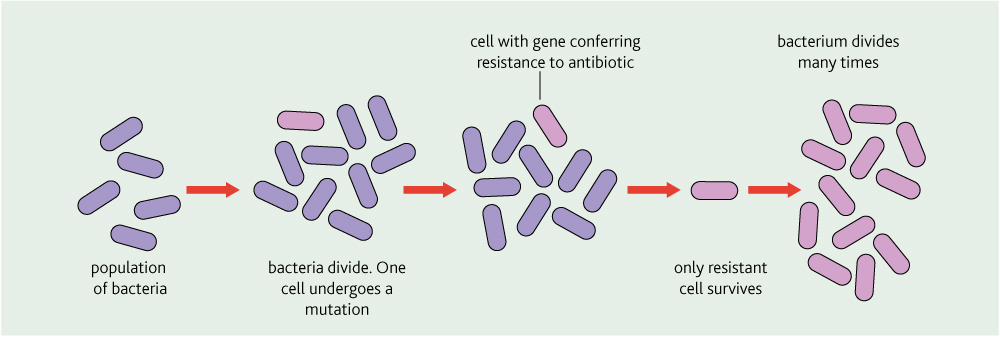The use of antibiotics is a common example of how evolutionary arms races are critical in the development and deployment of medicines that target organisms. As long as some individuals in a targeted population are able to survive the antibiotic, or in time can develop resistance, under the selection pressure of antibiotic use an ever increasing resistant population will emerge.

This process can happen many times, as organisms are extremely versatile. Bacteria have already been subjected to many natural antibiotic attacks from other organisms (the original penicillin is produced by the fungus Penicillium) so they already have certain resistance genes or pathways they can develop when required.
The key is to understand the adaptation cycle of different organisms and use antibiotics effectively.
1. Not use antibiotics inappropriately, such as to treat colds (caused by viruses not bacteria)
2. Complete prescribed antibiotics treatments so bacteria are effectively killed and there is little to no chance of remaining bacteria coming back stronger
3. Avoid overuse of the same antibiotic in the same setting such as in hospitals where patients are susceptible to infection and spread can be rapid
4. Keep many different antibiotics archived, especially the strongest ones, so that they can be used against multi-resistant strains if they develop
